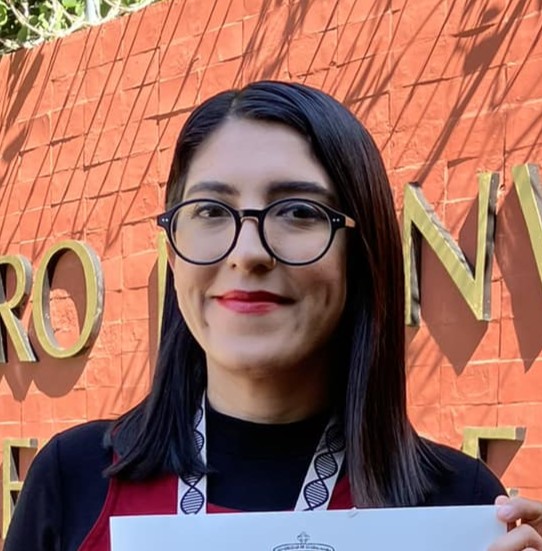
Germline or constitutional chromoanagenesis-related complex chromosomal rearrangements (CCRs) are rare, apparently “all-at-once”, catastrophic events that occur in a single cell cycle, exhibit an unexpected complexity, and sometimes correlate with a severe abnormal phenotype. The term chromoanagenesis encompasses three distinct phenomena, namely chromothripsis, chromoanasynthesis, and chromoplexy. Herein, we found hallmarks of chromothripsis and chromoplexy in an ultra-complex t(5;7;21)dn involving several disordered breakpoint junctions (BPJs) accompanied by some microdeletions and the disruption of neurodevelopmental genes in a patient with a phenotype resembling autosomal dominant MRD44 (OMIM 617061). G-banded chromosomes and FISH showed that the CCR implied the translocation of the 5p15.2→pter segment onto 7q11.23; in turn, the fragment 7q11.23→qter of der(7) separated into two pieces: the segment q11.23→q32 translocated onto 5p15.2 and fused to 21q22.1→ter in the der(5) while the distal 7q32→qter segment translocated onto der(21) at q22.1. Subsequent whole-genome sequencing unveiled that CCT5, CMBL, RETREG1, MYO10, and TRIO from der(5), IMMP2L, TES, VPS37D, DUS4L, TYW1B, and FEZF1-AS1 from der(7), and TIAM1 and SOD1 from der(21), were disrupted by BPJs, whereas some other genes (predicted to be haplosufficient or inconsequential) were completely deleted. Although remarkably CCT5, TRIO, TES, MYO10, and TIAM1 (and even VPS37D) cooperate in key biological processes for normal neuronal development such as cell adhesion, migration, growth, and/or cytoskeleton formation, the disruption of TRIO most likely caused the patient’s MRD44-like phenotype, including intellectual disability, microcephaly, finger anomalies, and facial dysmorphia. Our observation represents the first truncation of TRIO related to a chromoanagenesis event and therefore expands the mutational spectrum of this crucial gene. Moreover, our findings indicate that more than one mechanism is involved in modeling the architecture of ultra-complex rearrangements.








